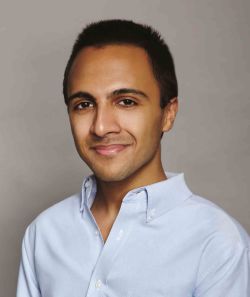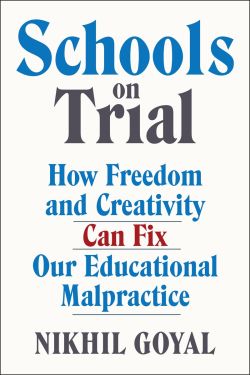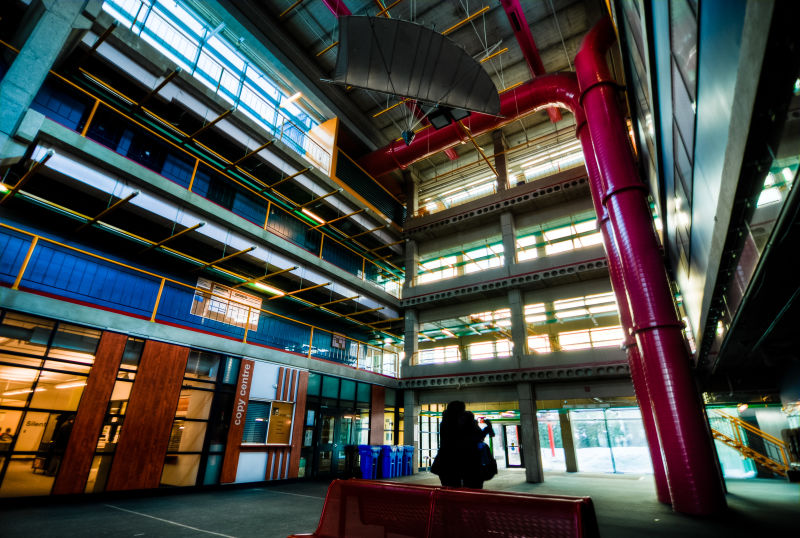
There is no college or university that serves many thousands of students and operates as radically on a large scale as these smaller schools do. There are, however, a few colleges that have started fascinating experiments to tinker with new models of learning. One of these experiments was recently launched at Lehigh University. In 2013, Urban Outfitters cofounder and Lehigh alumnus Scott Belair donated $20 million to the school with the condition that the two former Bethlehem Steel research buildings sitting on South Mountain would be renovated into spaces for invention and learning. After a successful pilot run in the summer of 2013, the program, called the Mountaintop experience, returned the following summer—this time with more than a hundred students who were immersed in several hands-on projects. There was no prescribed curriculum, no credits, grades, or tests. Students worked on documentaries about race and diversity and a Nobel Prize–winning poet, conducted science experiments, and designed things like a new food waste disposal system for the campus and a low-cost hand prosthetic.1
According to the 2014 National Survey of Student Engagement, only 57 percent of college seniors have taken part in an internship or field experience, 13 percent have studied abroad, and 28 percent have done research with a faculty member.2 Those activities often end up being the most rewarding parts of college. Providing such opportunities could also be a brilliant recruitment strategy that most institutions are failing to pursue. At a time when high school students are being constantly pestered by colleges to apply, what better means of standing out from the pack than if a college tells prospective students that it will give them the freedom, time, funding, faculty support, and outside mentorship for them to be involved in some activity, project, or other pursuit of their choosing.

There are some colleges that give their students a chance to participate in an apprenticeship or cooperative education program. And as we will see shortly, apprenticeships are slowly being rekindled. On its website, the University of Waterloo in Canada claims it has the largest postsecondary co-op program in the world: 19,000 students, more than 60 percent of undergraduate students, are enrolled in a coop over three semesters in 122 programs. Overall, 5,200 employers have hired these students. Students can get up to two full years of work experience while enrolled in college. By the time they graduate, they will have earned on average $37,000 to $78,000.3 It’s a win-win for the students and their host companies, who often end up making job offers to the students.
The innovative colleges I’ve mentioned are very similar to one another in that they often have small class sizes, focus on interdisciplinary, seminar, and project-based classes, offer close contact between professors and students, and provide opportunities for students to do apprenticeships, real-world projects, or research for credit.
Nikhil Goyal is a journalist and author of "Schools on Trial: How Freedom and Creativity Can Fix Our Educational Malpractice" (Doubleday, 2016). He was named to the Forbes 30 Under 30 list in 2013. He lives in New York.
1. Matt Assad, “Lehigh University Campus to Become ‘Invention Incubator,’ ” The Morning Call, October 16, 2013; Richard PérezPeña, “A Classroom Leaves the Syllabus to the Students,” New York Times, July 18, 2014.
2. National Survey of Student Engagement, “Bringing the Institution into Focus—Annual Results 2014,” Indiana University Center for Postsecondary Research (2014).
3. “About Co-operative Education,” University of Waterloo, https://uwaterloo.ca/co-operative-education/about-co-operative -education.




